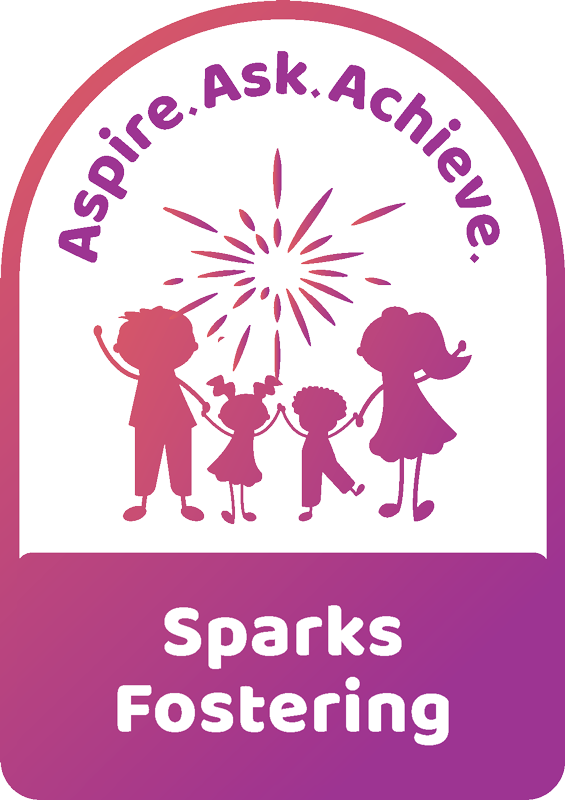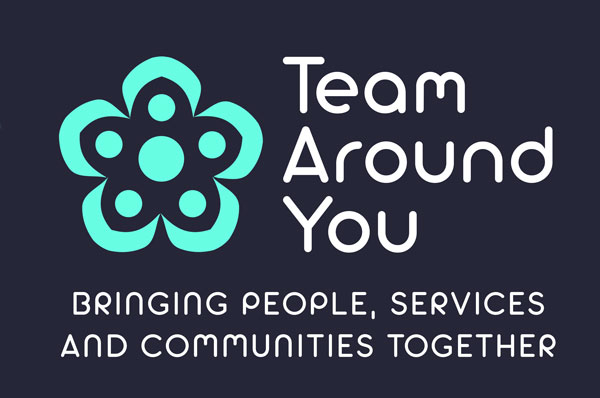Parent and Child fostering
Parent and child placements are specialist placements for parents who need supervision and support to care for their children. More often than not, the parent is a mother who is under 18 years old; however, sometimes the father comes to live in the foster home (with or without the mother) and sometimes one or both parents are over 18 years old.
Parent and child foster carers have a very good level of knowledge about the health and development of babies, they are usually required to be available full time, have a large enough spare bedroom to accommodate the parent(s) and baby, and are firm but caring, patient and understanding with the parent(s). There is a significant demand for parent and child foster carers and due to the additional requirements, there is increased support and an increased allowance for these specialist foster carers.
When parent and child are looked after, the local authority may have parental responsibility of only the parent, only the child, both the parent and child, or neither the parent nor the child. When a parent and child is placed into a fostering home, it is important to clarify who has parental responsibility of the child.
Also, the children’s social worker is expected to be clear about ‘delegated authority’ as soon as possible, so that the foster carer understands which decisions they can make on behalf of the parent and child.
If the parent is not a looked after child, they do not count towards the ‘fostering limit’ (of a maximum of 3 children to be looked after in a foster home, unless exemptions are made).
Before agreeing to a parent and child placement (or any other placement for that matter), there should be consideration about how the placement would affect the other members of the household, including any other children looked after.
Prospective parent and child foster carers would need the skills and knowledge to be able to care for young people (parents) as well as very young babies.
Foster carers are expected to have good current knowledge of safeguarding babies e.g. safe sleep guidance and they should be confident about local resources and support for babies.
Matching and risk assessments must include the needs of both the parent and the child. There should be clarity around what support is expected from the foster carer(s) and what risks are presented from the placement.
Due to the challenges and complexities of parent and child fostering, it is unlikely to be a suitable option for newly approved foster carers.
Foster carers who are considering parent and child foster care, and social workers who are assessing or supporting parent and child fostering placements are expected to engage in any learning opportunities recommended by their supervising social worker.
‘Fostering Hope’ doesn’t exist as an organisation anymore; however, this video produced by them is a useful introducton to parent and child placements:
ADDITIONAL READING (FOR PARENT AND CHILD OR 'BABIES' FOSTER CARERS)
Comprehensive parent and child guidance is quite difficult to come by, but Sparks Fostering has compiled appropriate guidance and made it available for everyone to review – see Parent and Child guidance.
All of the Sparks Fostering policies and procedures apply to parent and child placements; therefore, specialist parent and child foster carers are expected to have a good understanding of all core Sparks Fostering policies and procedures. Namely, see Sparks Fostering ‘Safer care‘ policy and other ‘Safeguarding‘ policies, which offer guidance about how to keep the parent and baby safe from risks.
The Children Act 1989 has outlined key information about Parent and Children Arrangements which is available to read here.
All foster carers looking after babies (including with or without the parents in the home) must read the Sparks Policy on ‘Caring for Babies‘.







